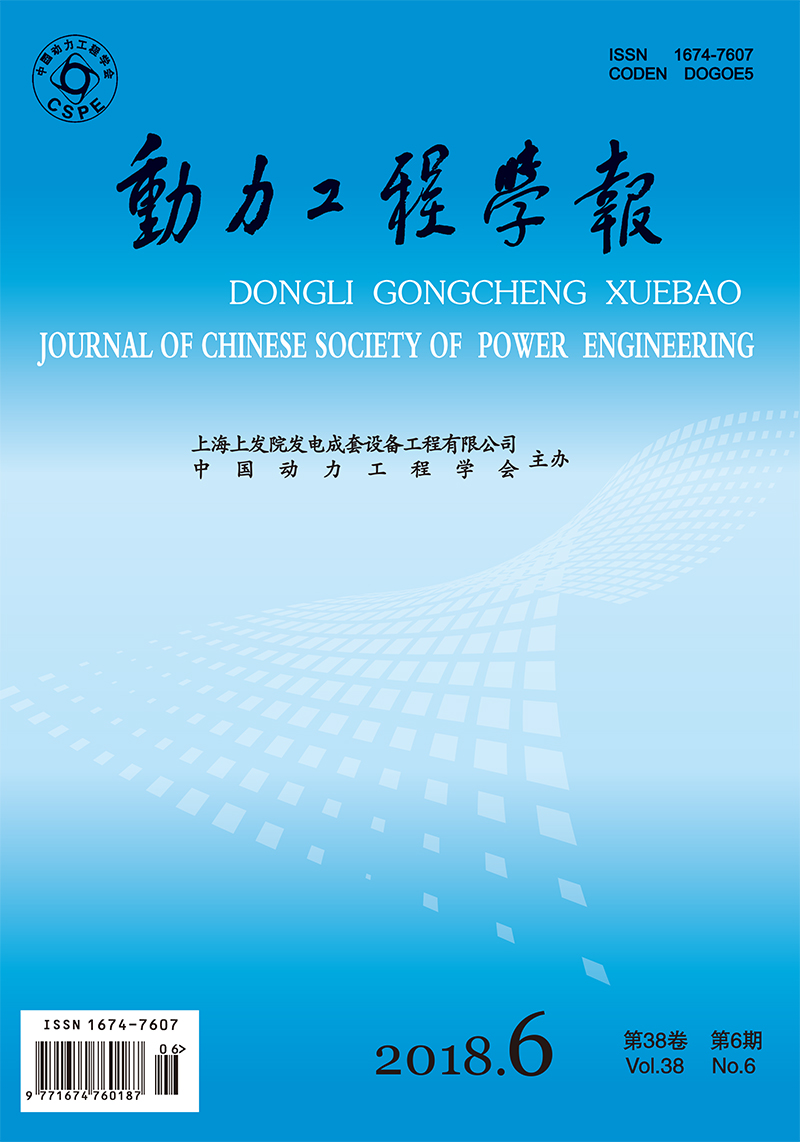CAI Weizhong, CUI Jian, DENG Yusheng, HUANG Haipeng, LIANG Shuxiong, DUAN Lunbo
2018, 38(6): 479-483.
Mercury migration and emission characteristics were studied for a 410 t/h circulating fluidized bed (CFB) boiler. The flue gas was sampled simultaneously in the upstream and downstream of the electrostatic precipitator (ESP) and at the outlet of wet flue gas desulfurization (WFGD) unit based on Ontario hydro method. At the same time, following streams were also sampled, such as the fuel, bottom ash, fly ash, gypsum, desulphurization wastewater, limestone slurry and flush water flow, etc., so as to find the mass balance ratio of Hg. Results show that the mass balance ratio of Hg is within 101.10%-117.58%, proving the test results to be reliable. The majority of Hg moves to the fly ash, accounting for 70.95% of the total, and about 27.37% Hg emits to the atmosphere, mainly in the phase of gaseous element. The removal efficiency of Hg by ESP unit and WFGD system is 58.1% and 36.2%, respectively. The ESP+WFGD installed in CFB power plants can well control the amount of Hg emitted to the atmosphere.
